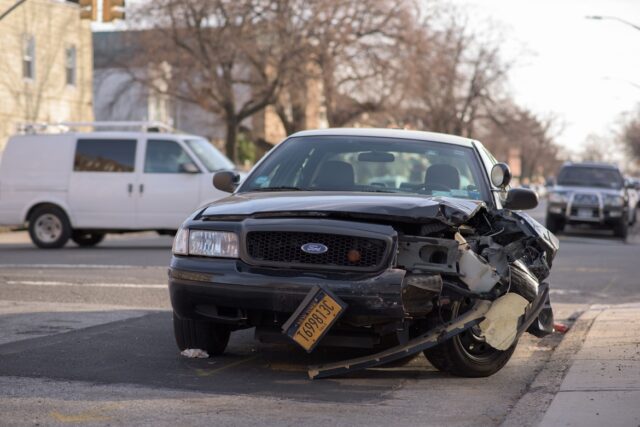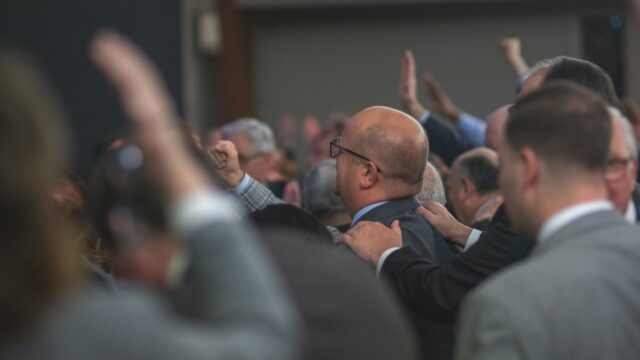
So you were in a vehicle crash, but the lawsuit is not completed yet. Although car casualty insurance lawsuits are usually taken care of before filing a suit and are worked out through a compensation deal before the trial, sometimes the procedure takes considerable time to settle.
It may be because the parties do not decide who to blame for the mishap and find it hard to settle the amount of compensation for the damages.
If your vehicle crash claim is also going to the courtroom, and you have no idea how everything works, you are in the right place. Here we will share some points you may expect when your argument fails to conclude by compensation and instead goes to a hearing. However, it is vital to remember that the regulations guiding trials are different in every state.
1. Selection of the Jury

Most states follow the regulation of the appointment of a jury to determine the primary problems in a vehicle accident. It usually consists of twelve people sworn to give a verdict on a legal case after considering the evidence. It typically conducts the trial in two stages:
Voir Dire:
In this stage of the lawsuit, citizens are selected by a bench on a random basis from a checklist of noted voters and individuals with driving licenses. The possible jurors are chosen after proposing a sequence of questions to let the tribunal and advocates comprehend them and find out in case they have any preconceptions that might influence their decision.
2. Opening Presentations

After the jury selection, the lawsuit moves on to the concerned players giving their opening announcements. In a majority of such suits, the counselor of the complainant usually makes the foremost move, as they must explain all the accusations against them in the lawsuit. Here, the lawyer presents the necessary proof to clear the client from any claim.
Following the foremost move, the second move is carried out by the defendant’s attorney. Both the parties in this point prepare the scene for the tribunal and put their claim. Typically, opening remarks from both parties last for roughly half an hour.
3. Demonstration of Evidence – Litigant
After the opening remarks by both the concerned players, the case moves on to the prosecutor’s advocate, explaining their point. Since the prosecutor carries the ‘responsibility of explanation’, they must go first to demonstrate the evidence in front of the tribunal and the judge. The counselor here has the liberty of summoning bystanders to submit their testimony to every one.
For instance, the lawyer may request the complainant to stand in the spectator box to testify about their observation relating to the incident. They may also summon witnesses or eyewitnesses to give their testimonies. The pattern may repeat itself throughout the trial, as the lawyer might summon the witnesses on other matters in the lawsuit.
For example, the solicitor might summon the medical examiner to talk about the problems concerning the examination of the complainant and their prognosis for complete healing after the car crash. If you have also been in a vehicle crash and wish to understand the relating laws from a trustable and reputable advocate, you may visit dehoyosinjury.
4. Demonstration of Evidence – Defendant

After showing the necessary evidence in front of the judge and the tribunal, the prosecutor’s advocate may rest their case, moving all the eyes towards the defendant’s attorney.
The procedure of submitting the evidence by the defendant’s lawyer also follows an identical format. They also summon eyewitnesses to testify to everyone on the problems pointed out by the plaintiff’s lawyer. You must have observed similar scenes in movies where one side points the argument, and there are witnesses to support their claims. When they rest their argument, the other side also summons eyewitnesses to counter the plaintiff’s interpretation of the affairs.
In the case of medical examination, the defendant may summon another physician who has been treating the prosecutor to give their opinion. Generally, the observations and statements of both the medical examiners are different from one another.
5. Ending the Arguments
When both the parties present their case by giving the proof and summoning the onlookers, the advocates deliver a closing statement. As opposed to the opening presentation, where the lawyer talks about their expectations from the proof, in the concluding statement, they speak to the jury about the proof shown to them.
In their concluding statements, the advocates influence the jury to conclude from the testimonies handed out in front of them and give their verdict in their favor.
6. Reflection on the Incident

After the presentation of closing statements by both lawyers, the jury moves to another room to reflect on the trial. In this room, the jury contemplates the whole argument based on the evidence to arrive at a verdict. It is essential to note that, in all the states, the deliberation given by each jury member is confidential.
It means neither the judge nor other jury members have access to the deliberations given by a member.
Although there is no time limit given to the jury to give a verdict, it might take several hours and sometimes even days to conclude.
7. Submission of the Verdict
After giving a verdict, maybe after taking many hours or days, the jury notifies of the same to the judge, who then calls them back to the courtroom. The conclusion is then read to the concerned parties and recorded in the official book. It is crucial to note that the debates given by the jury are irrevocable. Even the judge has no right to influence them.
Closing Thoughts
We hope the above seven points give you a detailed insight into the procedure when a lawsuit is not settled and goes into trial following a vehicle crash. While jury trials in a vehicle crash last a few days, there is no time limitation. The duration of the litigation depends on the intricacy of the claim and the courtroom procedures.









